Do you love the taste of coffee from your favorite café but can't seem to replicate it at home? The culprit may be your tap water! Don't worry; there's a solution: make your own brewing water! It's a game-changer for anyone serious about brewing the perfect cup of coffee. Ready to learn more?
Making The Ideal Brewing Water
Did you know that the minerals in your brewing water can significantly impact the taste of your coffee? The quality of your water is not based on its taste alone, but rather on the minerals that extract the coffee compounds from the beans. These mineral ions travel inside the beans and return with the compounds that give coffee its great taste.
Water Properties
While general recipes can enhance the coffee taste, fine-tuning is necessary to meet individual taste preferences and the specific coffee used. Blind-cupping, a reliable method of tasting coffee without knowing the water mix, can help find the perfect water-coffee ratio. We provide detailed instructions, necessary tools, and recipe suggestions to create customized brewing water.
To achieve the perfect coffee taste, extraction water plays a crucial role. Balancing your brew water's minerals, pH level, and total dissolved solids can make a big difference. We'll provide you with practical tools to customize your brew water according to the SCA recommendations listed bellow.
- No chlorine or bad smell
- pH near 7, or between 6.5–7.5
- Total alkalinity at or near 40 ppm as CaCO3
- Calcium at 68 ppm as CaCO3 , or between 17–85 ppm as CaCO3
- Sodium at or near 10 mg/L
- Total Dissolved Solids (TDS) at 150 mg/L, or between 75–250 mg/L
- Clear color
Water Properties Defined
- Hardness = total ppm of hardness minerals
- Alkalinity = total ppm of hardness minerals
- H:A*: The ratio of hardness to alkalinity.
- Total PPM = hardness + alkalinity + other RO water minerals (if not using distilled)
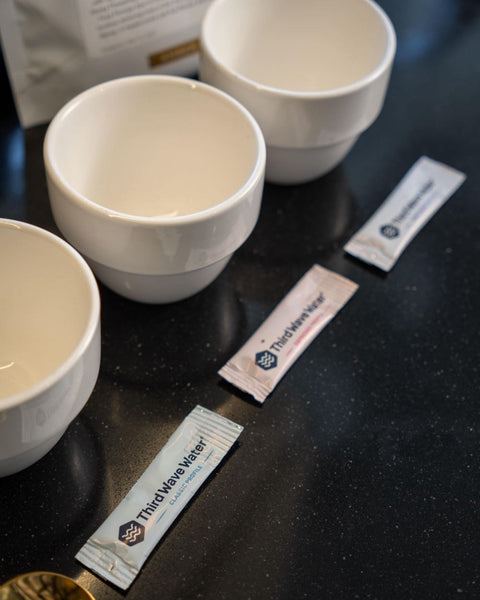
Making Your Brewing Water
Your tap water just isn't cutting it and making your own is pretty simple. Here are the two most convenient ways of making great water
- Mixing Third Wave Water minerals in a gallon of distilled water
- Re-mineralize distilled water yourself
Third Wave Water
If you're looking for an easy way to improve your coffee, Third Wave Water's classical profile is a great option. During our test, it was our favorite for cupping. This profile contains magnesium, calcium, and bicarbonate ions, which can improve coffee taste and extraction. If scaling and corrosion are concerns for your espresso machine, their espresso profile contains higher levels of bicarbonate ions to help prevent build-up. However, the espresso profile was also good in filter coffee!
I compared a Costa Rican coffee from Seth Taylor extracted with Third Wave Water Classic, Third Wave Water Espresso and tap water by blind tasting, and I found that both Third Wave Water profiles had a nice acidity while the tap water was bitter. The classic had slightly more acidity and the espresso profile had more sweetness.
For convenience, Third Wave Water is a good option as it comes in a little sealed package with the composition marked on it. You only need to buy a gallon of distilled water.

DIY Mineral Water Recipe
If you plan to do all the recipes, you must get five different minerals. However, for simpler recipes, only two minerals are required. When buying ingredients, it is crucial to opt for food-grade ones over pharmacy and lab-grade as they may contain rare impurities that can be detrimental to your health, such as heavy metals. After opening a bag of minerals, ensure to store them in an airtight jar in a cool and dry place.
Alex's recipes, of A Waste of Coffee, provide an easy solution for increasing water hardness and alkalinity. Simply add 1ml of concentrate to raise the ppm by 10. For example, to achieve 40ppm calcium hardness and 20ppm alkalinity, add 4ml and 2ml of the respective concentrates and verify the ppm with a TDS meter. Checking after each addition also allows for verification of the concentrate accuracy.
Alternatively, Lotus has the minerals available in premixed versions. It's much simple and less room for error.
Sources of Hardness
Water hardness, which is influenced by minerals, can have a significant impact on the taste and quality of coffee. The higher the water hardness, the more pronounced the sweetness and extraction of coffee can be, although this can also amplify any defects present in the beans. When discussing water hardness, it is common to use the term "general hardness," abbreviated as GH.
Epsom salt (MgSO4•7H2O)
12.3g in 500ml distilled water for 1 liter ofbrewing water mix
Calcium chloride anhydrous (CaCl2)
5.6g in 500ml distilled water for 1 liter of brewing water mix
Magnesium chloride hexahydrate (MgCl2•6H2O)
10.2g in 500ml distilled water for 1 liter of brewing water mix
Sources of Alkalinity
Water alkalinity, which is influenced by minerals, acts as a buffer against acidity in coffee. This is also known as carbonate hardness (KH). KH not only relates to alkalinity but also to the water's ability to form scale when boiled.
Baking soda (NaHCO3)
8.4g in 500ml distilled water for 1 liter of brewing water mix
Potassium bicarbonate (KHCO3)
10.0g in 500ml distilled water for 1 liter of brewing water mix
Equipment needed
A glass jar such as a regular mason jar to mix the water, avoid metallic containers because of potential corrosion. To move concentrates into your brew water, consider using 1ml syringes with numbered markings for precise measurement. Alternatively, 10ml syringes or pipettes of various sizes are available for faster use. Regardless of your choice, remember to flush with distilled or RO water after each use to prevent mineral buildup that could harm future batches.
Mixing Concentrates
To create a concentrate, weigh out the dry ingredients as directed and place them in the concentrate bottle. Add the appropriate amount of distilled water, remembering that the water is in addition to the dry weight. After mixing, the concentrate may initially release some CO2 and solid minerals. To allow for degassing, store the concentrate in a cool, dark place for a few hours with the lid slightly unscrewed. This will ensure optimal brewing results.
Mixing Water
To add concentrate to distilled/RO water, use 1ml concentrate for every 10ppm hardness or .1ml for 1ppm. After shaking, let it sit and check ppm with a TDS meter. Adjust as needed to reach the recommended range.
Water Recipes
| Water | Total PPM | H:A | MgSO4 | MgCl2 | CaCl2 | NaHCO3 | KHCO3 |
|---|---|---|---|---|---|---|---|
| Alex's Water | 80ppm | 3:1 | 2ml (20ppm) | 2ml (20ppm) | 2ml (20ppm) | 2ml (20ppm) | - |
| Rao/Perger Water 1 | 127ppm | 2.2:1 | 4ml (40ppm) | 2ml (20ppm) | 2.7ml (27ppm) | 2ml (20ppm) | 2ml (20ppm) |
| R. Pavlis Water2 | 30-60ppm | - | - | - | - | - | 3-6ml (30-60ppm) |
| BH Melbourne3 | 35ppm | 2:1 | 2.3ml (23ppm) | - | - | 1.2ml (12ppm) | - |
| BH SCA3 | 107ppm | 1.7:1 | 6.7ml (67ppm) | - | - | 4ml (40ppm) | - |
| BH Perger Water3 | 120ppm | 2:1 | 8mlml (80ppm) | - | - | 4ml (40ppm) | - |
| BH Rao3 | 124ppm | 1.5:1 | 7.4ml (74ppm) | - | - | 5ml (50ppm) | - |
| BH Hendon3 | 129ppm | 3.2:1 | 9.8ml (98ppm) | - | - | 3.1ml (31ppm) | - |
| BH Pretty Hard3 | 159ppm | 3.5:1 | 12.4ml (124ppm) | - | - | 3.5ml (35ppm) | - |
| BH Hard.AF3 | 219ppm | 3.8:1 | 17.4ml (174ppm) | - | - | 4.5ml (45ppm) | - |
Storing your water
To prevent water stagnation and ensure optimal coffee flavor, store coffee concentrates and brewing water in airtight glass containers inside the refrigerator. Smell your water to detect any unpleasant odors, which would negatively affect your coffee's taste. Although distilled water takes about a month to spoil in the fridge, compared to tap water, it is still advisable not to let it sit in your boiler for more than a few hours.

Things to Avoid
While experimenting with water can be fun, it's important to be cautious and avoid mixing water that could be harmful to your equipment. Chlorides, in high quantities, can be corrosive to even stainless steel, let alone brass or copper boilers. Nonscaling minerals can create a powdery coating. Be mindful not to use distilled water in espresso machines with fill sensors. Experimenting with extreme levels of minerals, like 1ppm or 500ppm, is not recommended. If you use high-chloride water in your kettle, be sure to empty and wash it afterward.
Can you use distilled water in coffee
Technically, you can use distilled water in coffee, but it will not result in a great-tasting coffee. Distilled water lacks the minerals which are beneficial. Coffee flavor is a result of the extraction of compounds from coffee grounds, which requires the right balance of minerals and other elements in the water. Distilled water lacks minerals like magnesium and calcium, which help enhance the coffee flavor by aiding the extraction process. Using distilled water in coffee produces a flat or dull taste.

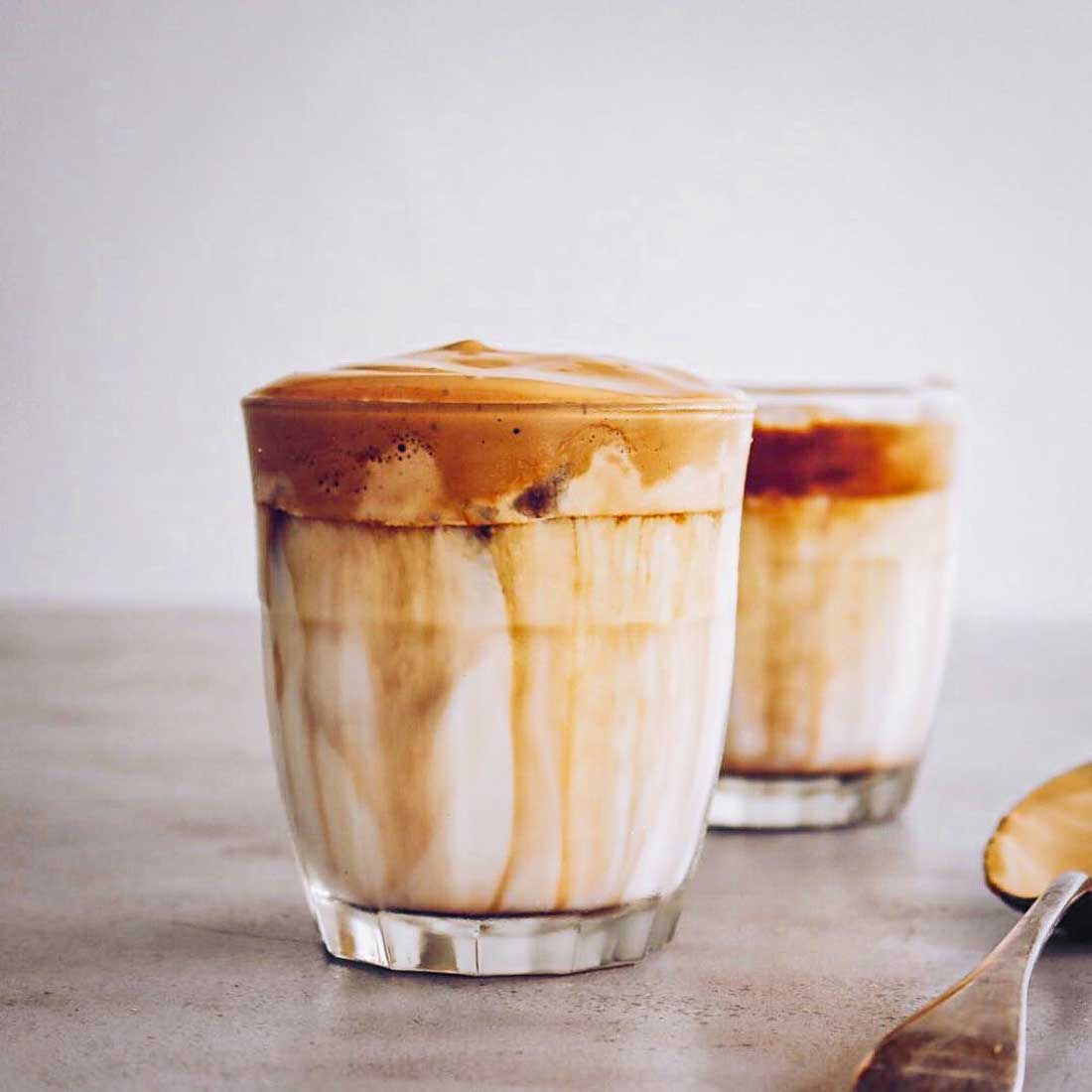

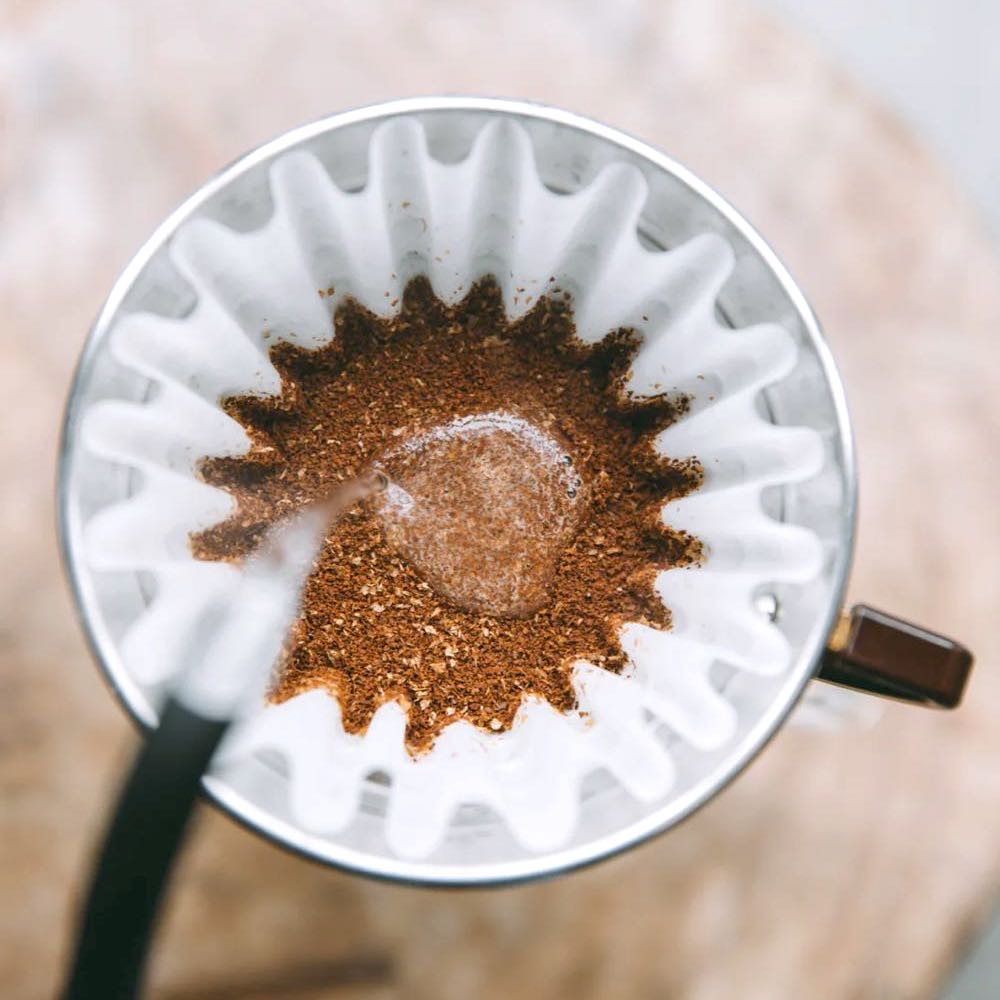

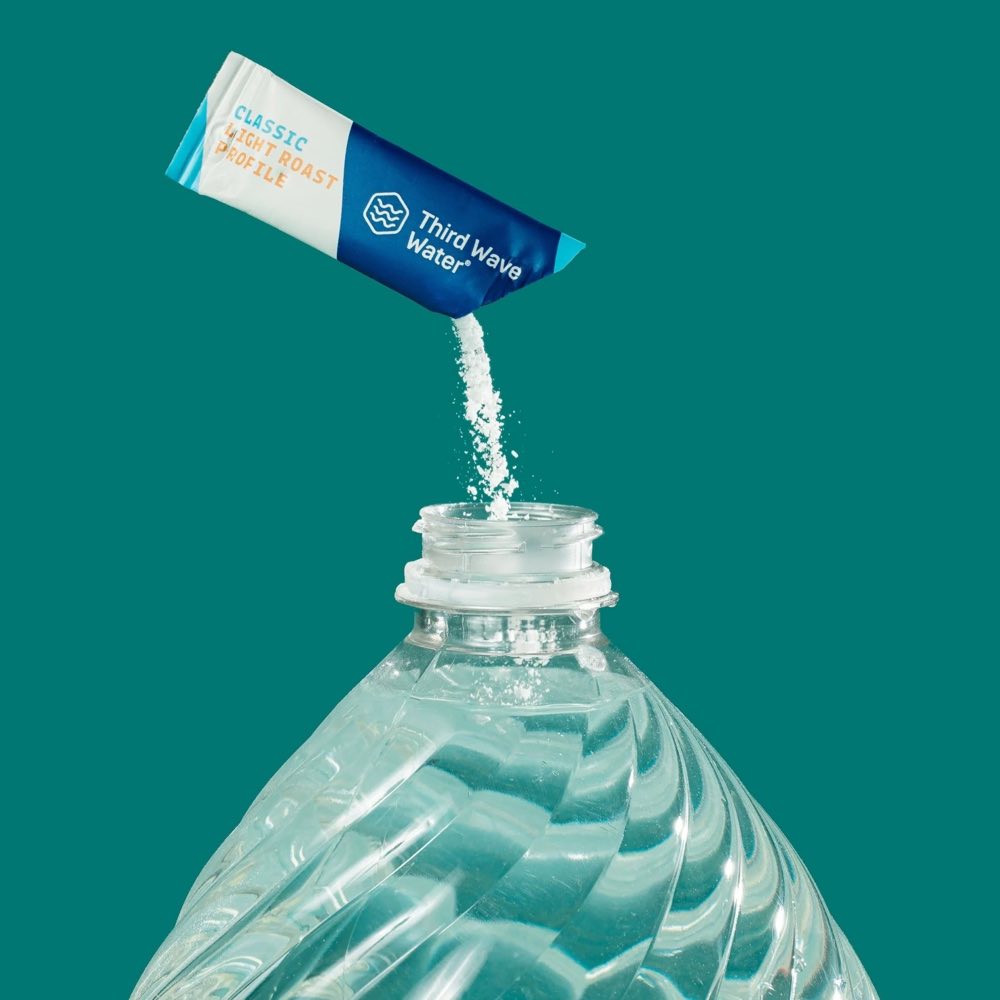


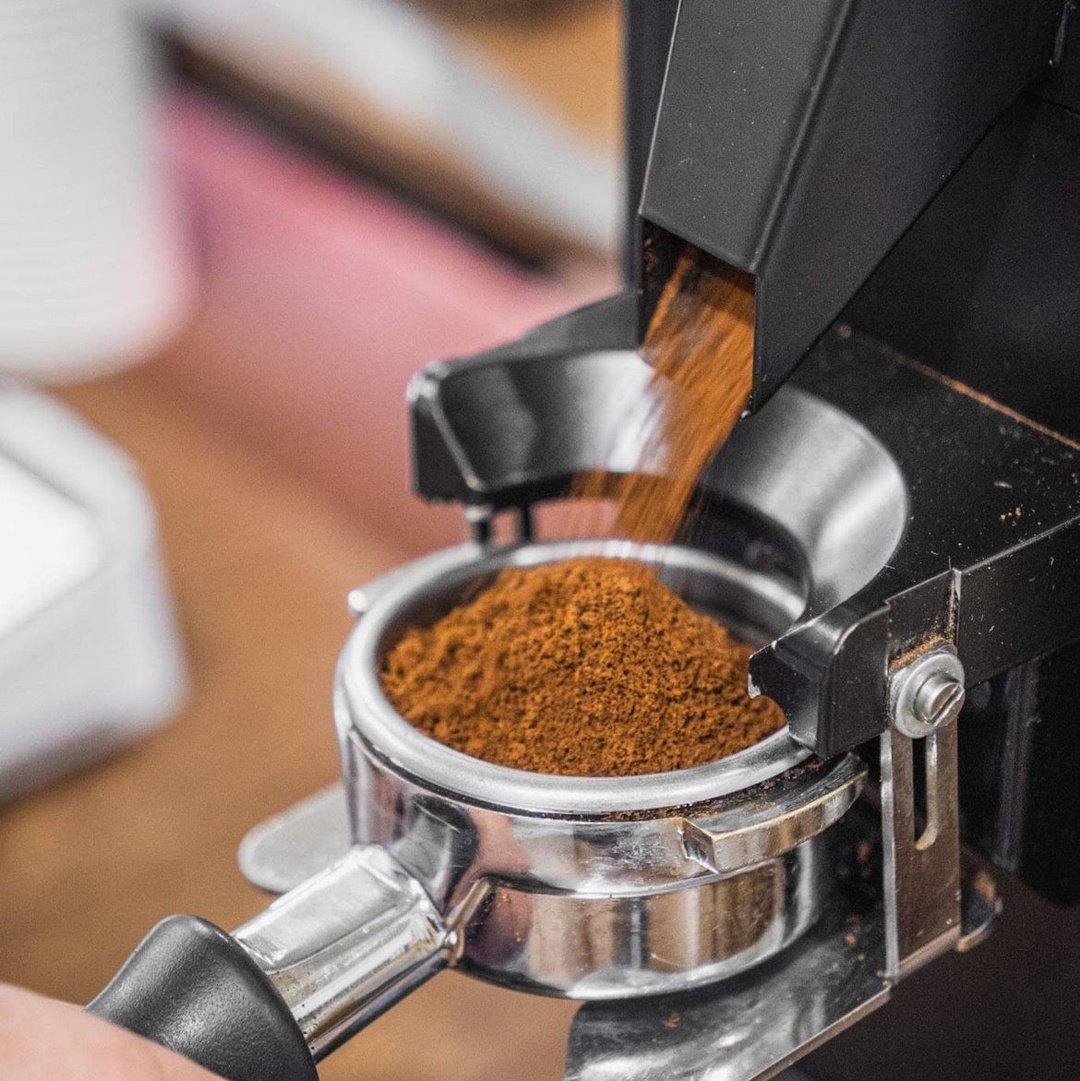
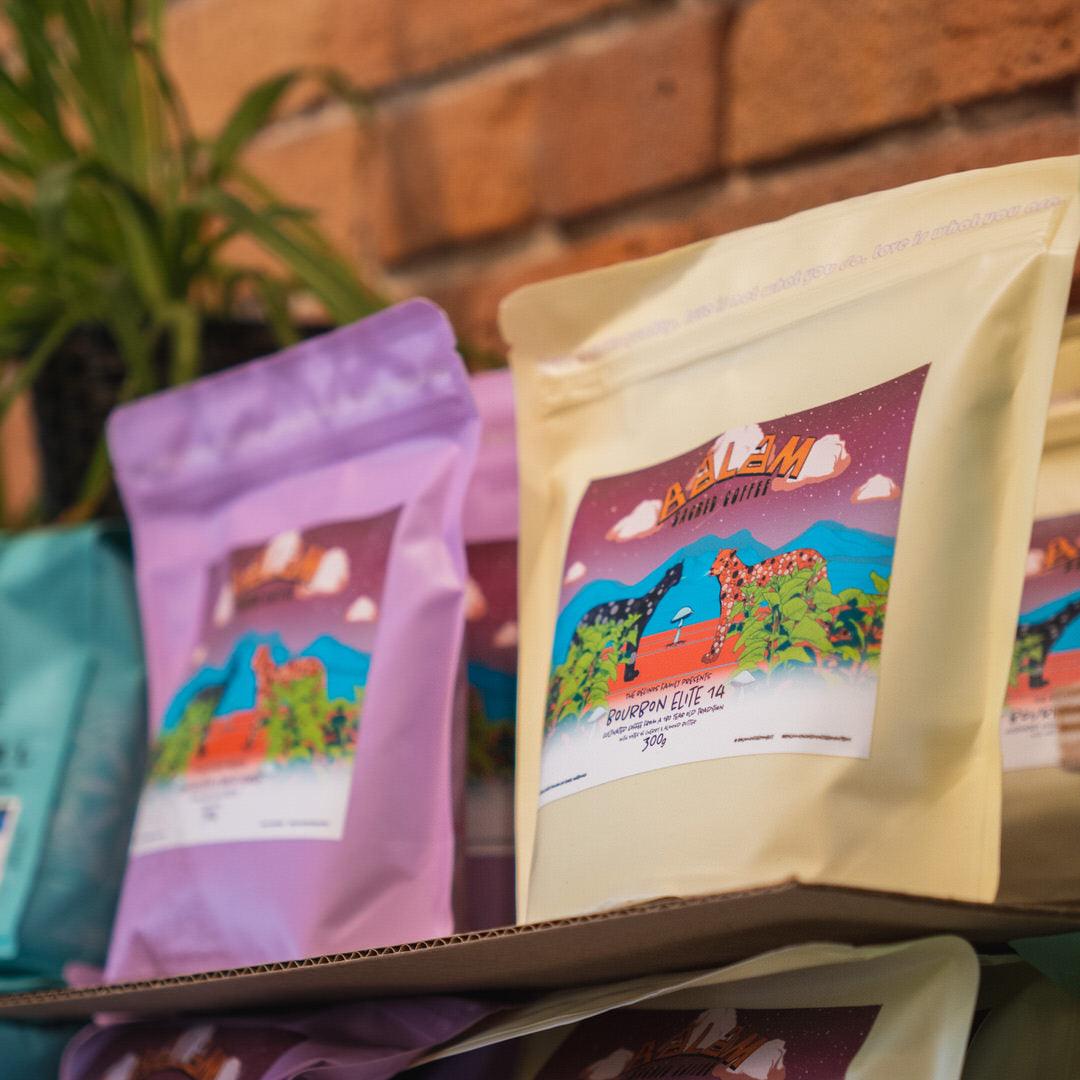
Comments
There are no comments.
Your comment